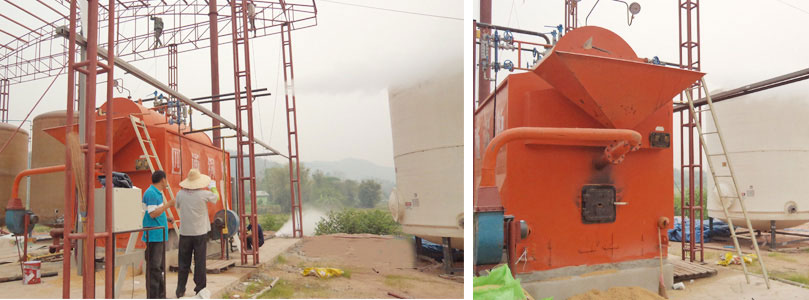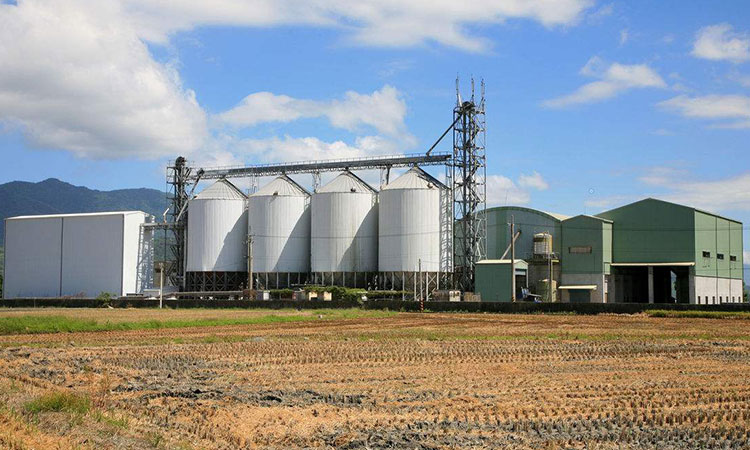
Rice is an important crop in the world, and rice mill is one of the oldest industries. In rice mill, steam boiler is the main equipment for parboiling. Rice industry is one of the most energy consuming industries. It uses rice husk as a fuel. Saving of husk would lead to co-generation of thermal energy in furnaces for boilers and dryers in the rice industry. Thus energy conservation in the rice industry would lead to reduction in the use of fuels and electricity. While, alternate fuels are available in plenty and at low prices. Sitong Boiler could customize the specific boilers based on users’ requirement.
Price of Rice Mill Boilers
The price of rice mill boilers is based on the capacity and accessories. Generally, the accessories of boiler include burner/grate, electric controller, steam header, water softener, BFW pump, platform ladder, and chimney, etc. If you would like to use the specific devices (brand, materials, quantity, etc.) or the additional equipment (air preheater, economizer, condenser, etc.), the prices are quite different. So, if you would like to get the exact price, please inquire for the details.
How to Select a Proper Boiler for Rice Mill
1. Determine the capacity of the boiler. The boiler capacity should based on the Heating Load Curve or Heat Balance Diagram, and includes the heat loss in pipelines, self-used heat of boiler room, available used waste heat. While, usually, it is difficult to get the Heating Load Curve, the heating load could get based on the max thermal consumption per hour within production/heating/domestic, and then determine by using the coefficient.
2. Determine the boiler heating parameters, including pressure, temperature, etc.
3. Determine the boiler efficiency. In order to benefit for economic management, the boilers should have high thermal efficiency, and the boiler output, quantity and other performances have to adapt to the change of heat loading.
4. It is better to select the boilers with same capacity or combustion equipment. If different, the max limitation is two models, to decrease the problems of equipment layout and management.


 Boiler Recommendation
Boiler Recommendation






